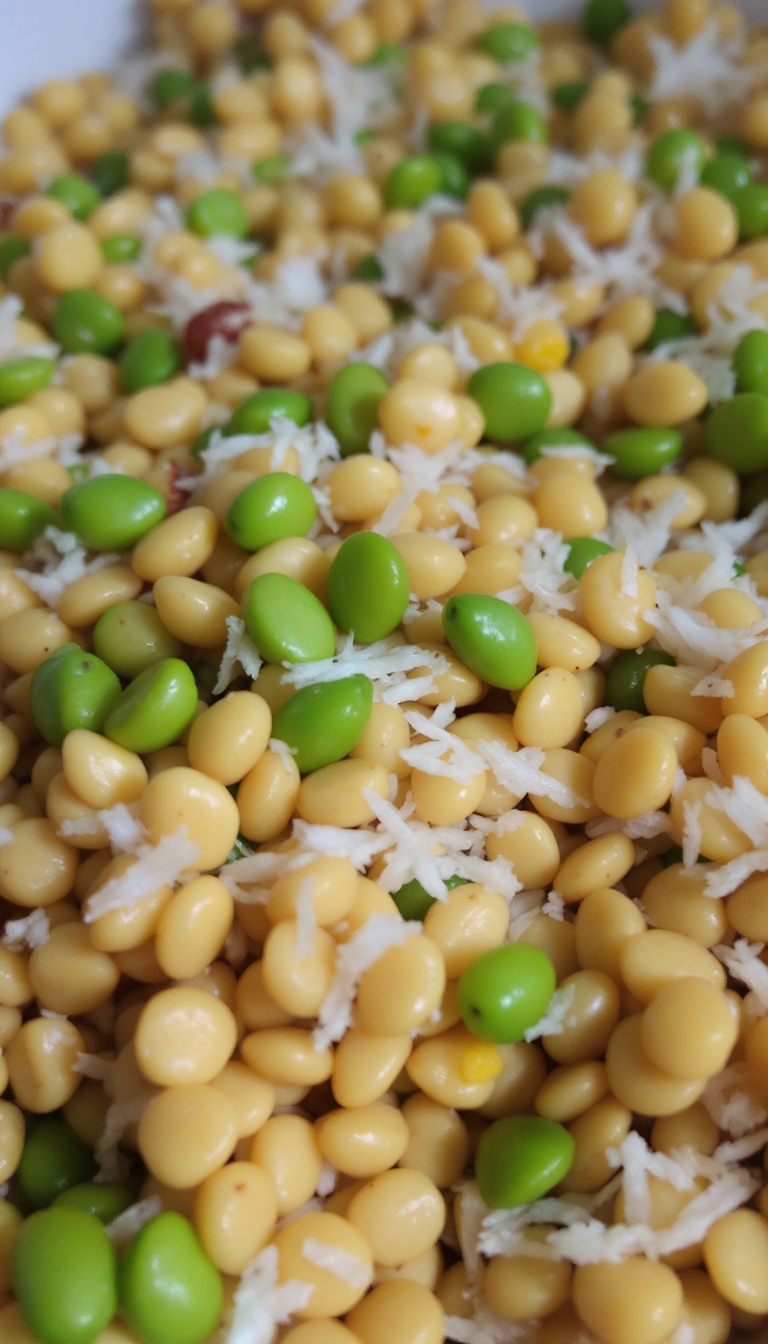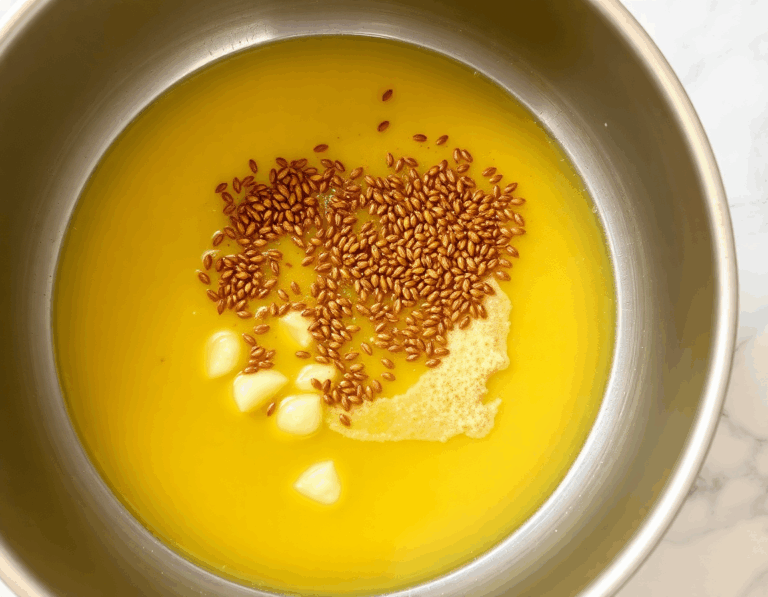
There’s something about a bowl of creamy coconut lentil curry that feels like a warm hug on a chilly evening. It’s like wrapping yourself in your favorite blanket, with the rich aroma of spices dancing around your kitchen. I remember the last time I made this, the rain was tapping gently on the window, and I could hardly wait for that first spoonful—comfort on a spoon, if you ask me.
Steps
- Begin by heating coconut oil in a large skillet over medium-high heat. Add cumin and coriander seeds, toasting them until they start to brown, which should take about 45 seconds. Then, add garlic and let it brown for about 2 minutes.
- Add crushed tomatoes, ginger, turmeric, and sea salt to the skillet, stirring occasionally for 5 minutes. Add lentils, cayenne powder (if using), and water, bringing the mixture to a boil. Lower the heat, cover, and let it simmer for 35-40 minutes until the lentils are tender, stirring occasionally to prevent sticking.
- Once the lentils are soft and the curry has thickened, stir in coconut milk and cherry tomatoes and bring the mixture back to a simmer. Remove from heat, then mix in chopped cilantro before serving.

Ingredients
- 1 tablespoon coconut oil
- 1 tablespoon cumin seeds
- 1 tablespoon coriander seeds
- 1 head garlic
- 28-ounce can of crushed tomatoes
- 2 tablespoons ginger
- 1 tablespoon turmeric
- 2 teaspoons sea salt
- 1 cup dried brown lentils
- 1-2 teaspoons cayenne powder
- 2 cups water
- 15-ounce can coconut milk
- A few handfuls of cherry tomatoes
- 1 cup chopped cilantro
FAQ
- Can I use a different type of lentil for this recipe?
- Yes, you can use brown or green lentils. If you prefer to use red lentils, remember they cook faster, so reduce the water to 1 cup and simmer for half the time.
- Is it possible to make this curry in a slow cooker?
- Absolutely! While the stovetop version is a favorite, a crockpot version of this coconut lentil curry is available and perfect for a busy day.
- Can I add extra vegetables to the lentil curry?
- Definitely! Many people add their favorite vegetables like potatoes, sweet potatoes, broccoli, carrots, cauliflower, or spinach directly into the pot.
- How should I store and reheat leftovers?
- Store the curry in a sealed container in the fridge for up to 4 days or freeze it for up to 4 months. Reheat on the stove over low heat, adding a splash of water as needed, or use the microwave for convenience.
- What can I substitute if I don’t like coconut milk?
- If you’re not a fan of coconut, you can replace it with whipping cream to maintain the creamy texture of the curry.
Tips
- Toast the Spices: Toasting the cumin and coriander seeds in coconut oil enhances their flavor, adding depth to the curry. Be attentive and stir them frequently to prevent burning.
- Adjust the Liquid: If the curry becomes too thick during simmering, add an extra ½ to 1 cup of water. This ensures the lentils cook evenly and the curry maintains a creamy consistency.
- Incorporate Fresh Ingredients: Stir in fresh cherry tomatoes and cilantro at the end of cooking. This adds a burst of freshness and flavor contrast to the rich, creamy curry.
- Experiment with Lentils: While brown or green lentils work well, you can also use red lentils. They cook faster, so reduce the water to 1 cup and simmer for a shorter time if opting for red lentils.
Equipment
- Braiser or Large Skillet – A braiser is specifically mentioned as a preferred cooking vessel for this recipe due to its even heat distribution and versatility.
- Spice Grinder – If you are using whole coriander and cumin seeds, a spice grinder would be useful to achieve a finer texture, although it’s not strictly necessary if you prefer the crunch of whole seeds.
